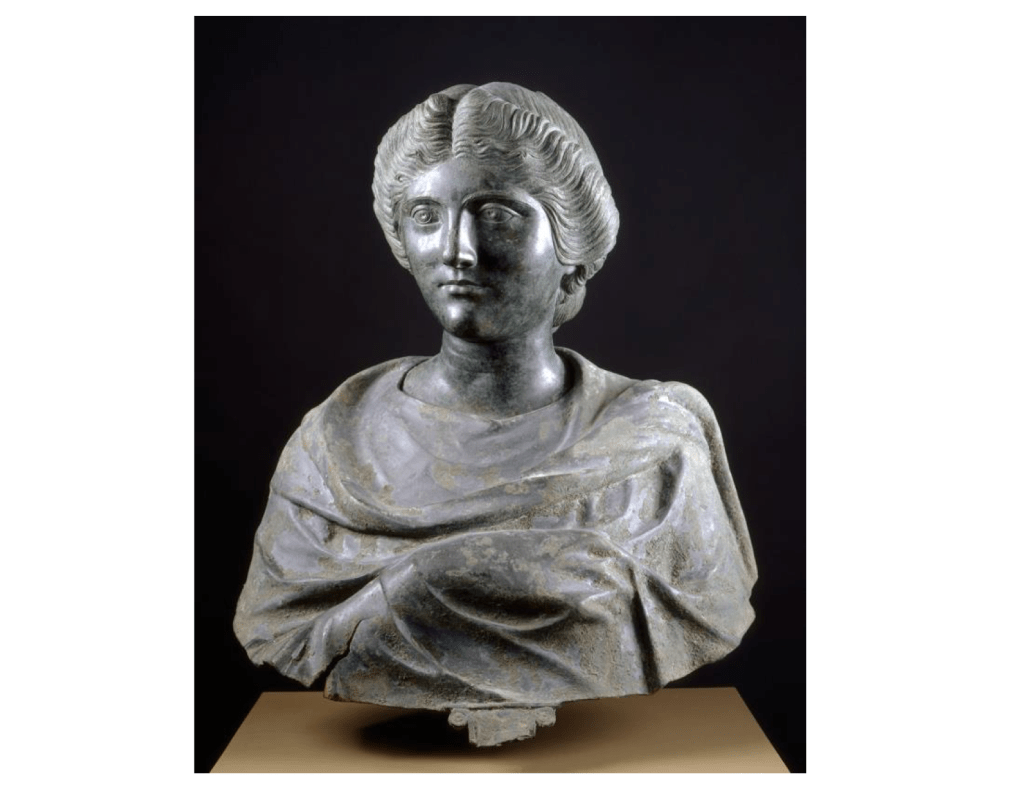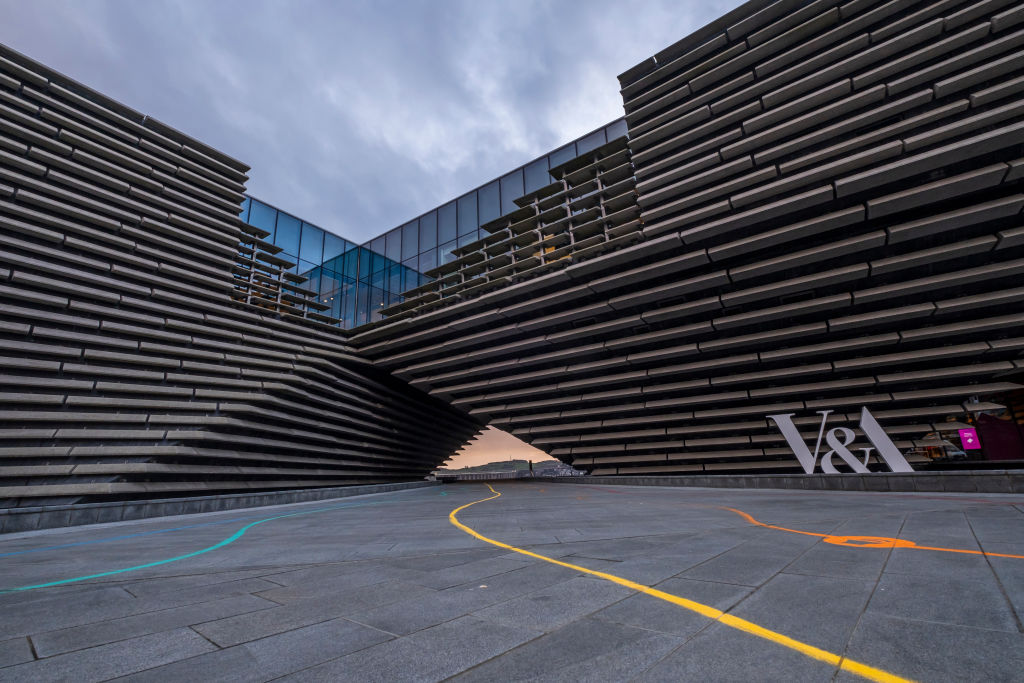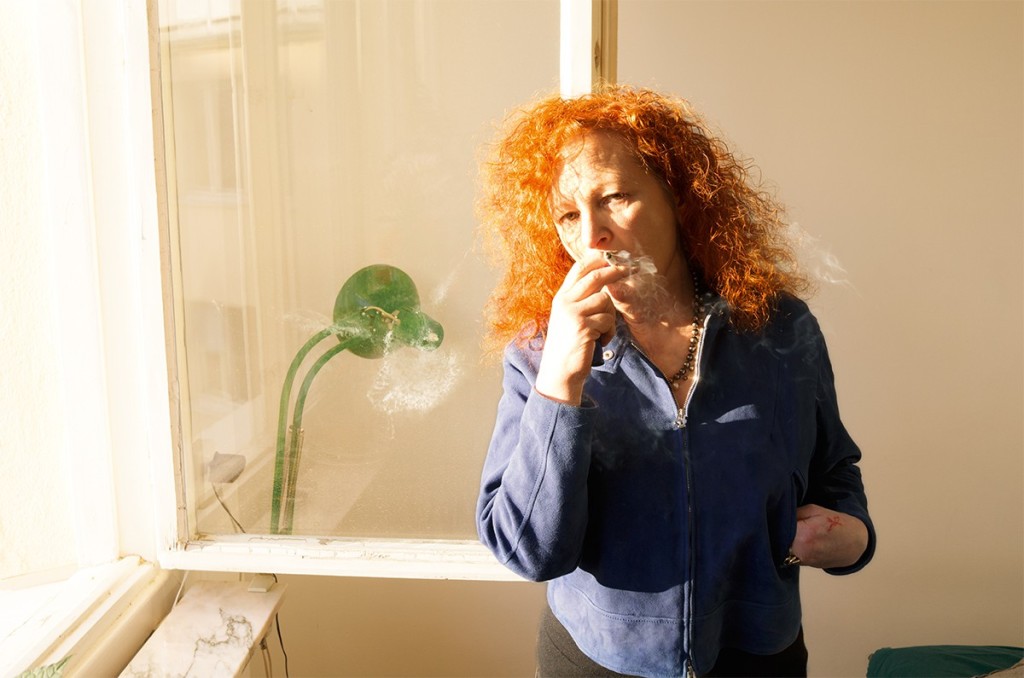Mummified Māori Heads and Ancestral Remains Repatriated by Germany to New Zealand
Six mummified and tattooed Māori heads have been returned by Germany to New Zealand, CNN reported Wednesday. The artifacts join 95 Māori and Moriori ancestral remains at the country’s Te Papa Tongarewa museum.
Today, a private repatriation ceremony was held at the museum to commemorate the return of the remains from seven different German institutions, including the Grassi Museum in Leipzig, Reiss Engelhorn Museums in Mannheim, Linden Museum in Stuttgart, the Stuttgart State Museum of Natural History, Georg August University in Göttingen, Roemer und Pelizaeus Museum in Hildesheim, and Museum Wiesbaden. In Germany, a series of formal handover events took place throughout May and June.
The head was considered the most important part of the body in Māori culture, with face tattoos that indicate one’s family lineage and social status. As native peoples were colonized, the body parts of indigenous people were traded, sold, and collected by Westerners around the world.
Mummified heads were part of a tradition of preserving and honoring chiefs and warriors. The return of these ancestral remains is believed by Māori and Moriori to restore dignity to the dead as well as their living descendants.
One head in particular from the Reiss Engelhorn Museums appears to have been mummified by a European taxidermist, as research suggests that the tribal leader died while traveling through Europe.
The government program Karanga Aotearoa started in New Zealand in 1990 with the goal of repatriating indigenous Māori and Moriori remains.
“The single goal of repatriation is not to hold the remains at Te Papa indefinitely but to return them to their communities,” Te Papa Tongarewa museum, which oversees repatriation on behalf of the governement, explains on its website.



